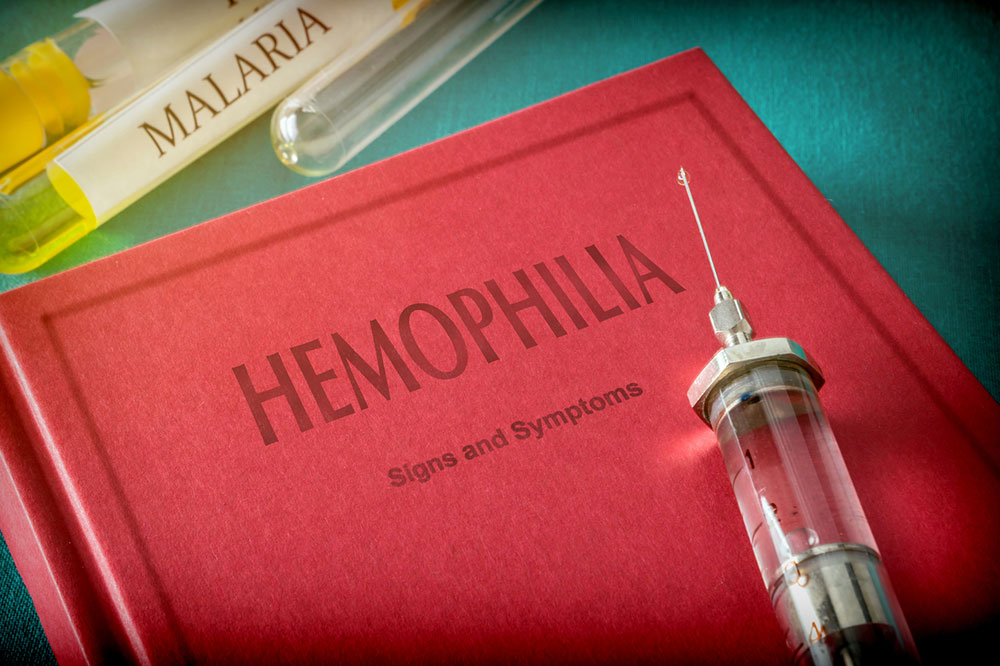What are the symptoms of hemophilia
Hemophilia, an inherited disorder, impairs the body’s ability to clot blood. People with the disease have low levels of coagulation or clotting factors, which are proteins in the blood that help control bleeding. There are multiple types of hemophilia, and the most common types are inherited. Herein, let’s understand the signs and symptoms of this bleeding disorder in detail.
Signs and symptoms
The primary symptom of hemophilia is prolonged bleeding.

- Mild hemophilia
Hemophilia is usually considered mild when normal clotting factors are between 5% and 50%. Children born with this form may not show any signs or symptoms for several years. It is usually detected when a child doesn’t stop bleeding easily after a wound, surgery, or a dental procedure, such as tooth extraction. - Moderate hemophilia
Hemophilia is usually considered moderate when normal clotting factors are between 1% and 5%. People with this form tend to bruise easily. They may also have internal bleeding in the joints. Internal joint bleeding often begins with mild or no pain or visible signs of bleeding and commonly affects ankles, knees, and elbows. However, eventually, it can be painful and cause joint damage. The affected area may become hot, swollen, and tender. - Severe hemophilia
When the normal clotting factors drop below 1%, hemophilia is considered severe. In people with this form, internal joint bleeding episodes become frequent and take on an extreme form. The internal bleeding may lead to joint deformity, which may demand joint replacement surgery. The bleeding may also damage the soft tissue around the joints called cartilage. People with this form also experience “spontaneous bleeding,” meaning they start bleeding for no apparent reason. This type of bleeding often takes the form of nosebleeds, bleeding gums, joint bleeds, or muscle bleeding.
There is also a slight risk of brain hemorrhage with hemophilia, which is bleeding in and around the brain. But, it’s essential to keep in mind that it is uncommon and generally happens only after a head injury. Since bleeding in the skull can be life-threatening, it must be treated as a medical emergency. Some brain hemorrhage symptoms include severe headache, stiff neck, confusion, difficulty speaking, vision problems, and loss of balance.


